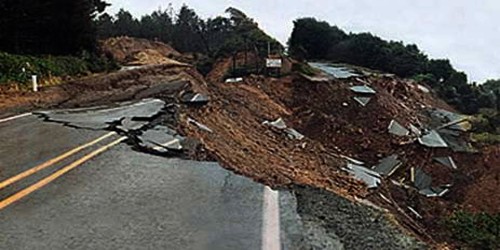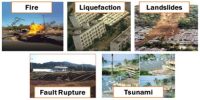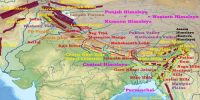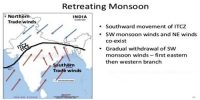Consequences of Landslides
A landslide is defined as the movement of a mass of rock, debris, or earth down a slope. Landslides have relatively small and localized area of direct influence, but the roadblock, destruction of railway lines and channel-blocking due to rock-falls have far-reaching consequences. It is a geologic procedure in which gravity causes rock, soil, simulated fill or a combination of the three to move down a slope. Several things can trigger landslides, including the slow weathering of rocks as well as soil erosion, earthquakes, and volcanic activity.
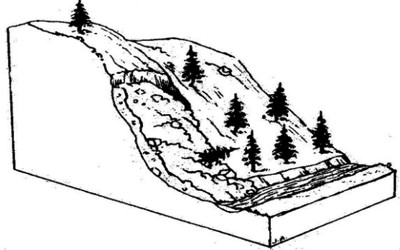
Fig: Landslides
Diversion of river courses due to landslides can also lead to flood and loss of life and property. It also makes spatial interaction difficult, risky as well as a costly affair, which, in turn, adversely affects the developmental activities in these areas.
Mitigation
It is always advisable to adopt area-specific measures to deal with landslides. Restriction on the construction and other developmental activities such as roads and dams, limiting agriculture to valleys and areas with moderate slopes, and control on the development of large settlements in the high vulnerability zones, should be enforced. This should be supplemented by some positive actions like promoting large-scale afforestation programs and construction of bunds to reduce the flow of water. Terrace farming should be encouraged in the northeastern hill states where Jhumming (Slash and Bum/Shifting Cultivation) is still prevalent.
